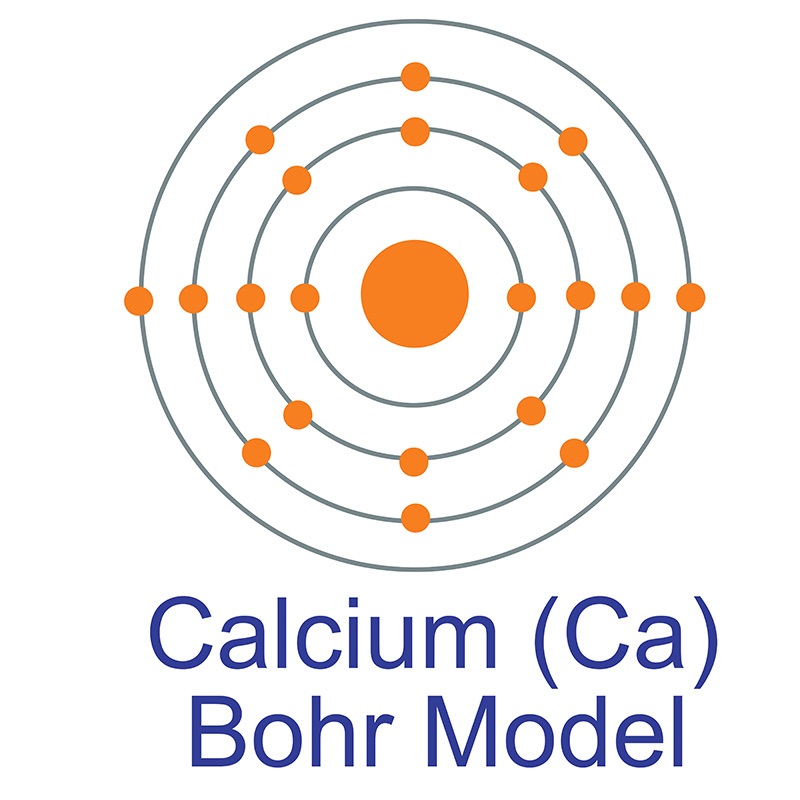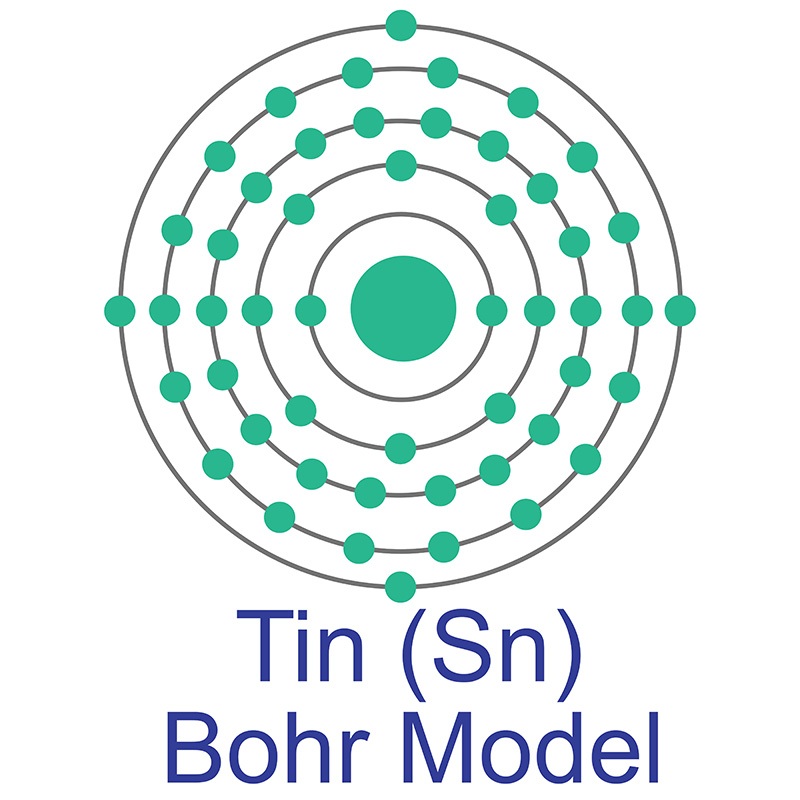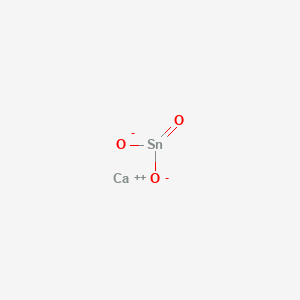SECTION 1. IDENTIFICATION
Product Name: Calcium Stannate
Product Number: All applicable American Elements product codes, e.g. CA-STANAT-02
, CA-STANAT-03
, CA-STANAT-04
, CA-STANAT-05
CAS #: 12013-46-6
Relevant identified uses of the substance: Scientific research and development
Supplier details:
American Elements
10884 Weyburn Ave.
Los Angeles, CA 90024
Tel: +1 310-208-0551
Fax: +1 310-208-0351
Emergency telephone number:
Domestic, North America: +1 800-424-9300
International: +1 703-527-3887
SECTION 2. HAZARDS IDENTIFICATION
Classification
This chemical is considered hazardous by the 2012 OSHA Hazard Communication Standard (29 CFR 1910.1200)
Label Elements
Signal Word
Danger
Hazard Statements
May cause cancer
Precautionary Statements
Prevention
Obtain special instructions before use
Do not handle until all safety precautions have been read and understood
Use personal protective equipment as required
Response
IF exposed or concerned: Get medical attention/advice
Storage
Store locked up
Disposal
Dispose of contents/container to an approved waste disposal plant
Hazards not otherwise classified (HNOC)
Harmful to aquatic life with long lasting effects
SECTION 3. COMPOSITION/INFORMATION ON INGREDIENTS
Calcium tin oxide (CaSnO3)
CAS No.: 12013-46-6
SECTION 4. FIRST AID MEASURES
General Advice If symptoms persist, call a physician.
Eye Contact Rinse immediately with plenty of water, also under the eyelids, for at least 15 minutes. Get medical attention.
Skin Contact Wash off immediately with plenty of water for at least 15 minutes. If skin irritation persists, call a physician.
Inhalation Move to fresh air. If not breathing, give artificial respiration. Get medical attention if
symptoms occur.
Ingestion Clean mouth with water and drink afterwards plenty of water. Get medical attention if
symptoms occur.
Most important symptoms and effects
None reasonably foreseeable.
Notes to Physician Treat symptomatically
SECTION 5. FIREFIGHTING MEASURES
Unsuitable Extinguishing Media No information available
Flash Point No information available
Method - No information available
Autoignition Temperature No information available
Explosion Limits
Upper No data available
Lower No data available
Sensitivity to Mechanical Impact No information available
Sensitivity to Static Discharge No information available
Specific Hazards Arising from the Chemical
Keep product and empty container away from heat and sources of ignition.
Hazardous Combustion Products
None known
Protective Equipment and Precautions for Firefighters
As in any fire, wear self-contained breathing apparatus pressure-demand, MSHA/NIOSH (approved or equivalent) and full protective gear.
SECTION 6. ACCIDENTAL RELEASE MEASURES
Personal Precautions Ensure adequate ventilation. Use personal protective equipment. Avoid dust formation.
Environmental Precautions Should not be released into the environment. See Section 12 for additional ecological information. Avoid release to the environment. Collect spillage. Do not flush into surface water or sanitary sewer system.
Methods for Containment and Clean Up
Sweep up or vacuum up spillage and collect in suitable container for disposal. Keep in
suitable, closed containers for disposal.
SECTION 7. HANDLING AND STORAGE
Handling Wear personal protective equipment. Ensure adequate ventilation. Avoid ingestion and
inhalation. Avoid dust formation. Do not get in eyes, on skin, or on clothing.
Storage Keep containers tightly closed in a dry, cool and well-ventilated place.
SECTION 8. EXPOSURE CONTROLS/PERSONAL PROTECTION
Engineering Measures None under normal use conditions.
Personal Protective Equipment
Eye/face Protection Wear appropriate protective eyeglasses or chemical safety goggles as described by OSHA's eye and face protection regulations in 29 CFR 1910.133 or European Standard EN166.
Skin and body protection Long sleeved clothing.
Respiratory Protection No protective equipment is needed under normal use conditions.
Hygiene Measures Handle in accordance with good industrial hygiene and safety practice.
SECTION 9. PHYSICAL AND CHEMICAL PROPERTIES
Physical State Solid
Appearance White
Odor No information available
Odor Threshold No information available
pH No information available
Melting Point/Range No data available
Boiling Point/Range No information available
Flash Point No information available
Evaporation Rate Not applicable
Flammability (solid,gas) No information available
Flammability or explosive limits
Upper No data available
Lower No data available
Vapor Pressure No information available
Vapor Density Not applicable
Specific Gravity No information available
Solubility No information available
Partition coefficient; n-octanol/water No data available
Autoignition Temperature No information available
Decomposition Temperature No information available
Viscosity Not applicable
SECTION 10. STABILITY AND REACTIVITY
Reactive Hazard None known, based on information available
Stability Stable under normal conditions.
Conditions to Avoid Incompatible products.
Incompatible Materials Strong oxidizing agents
Hazardous Decomposition ProductsNone under normal use conditions
Hazardous Polymerization Hazardous polymerization does not occur.
Hazardous Reactions None under normal processing.
SECTION 11. TOXICOLOGICAL INFORMATION
Acute Toxicity
Product Information
Component Information
Toxicologically Synergistic
Products
No information available
Delayed and immediate effects as well as chronic effects from short and long-term exposure
Irritation No information available
Sensitization No information available
Carcinogenicity The below indicates whether each agency has listed any ingredient as a carcinogen.
IARC Not listed
NTP Not listed
ACGIH Not listed
OSHA Not listed
Mexico Not listed
Mutagenic Effects No information available
Reproductive Effects No information available.
Developmental Effects No information available.
Teratogenicity No information available.
STOT - single exposure None known
STOT - repeated exposure None known
Aspiration hazard No information available
Symptoms / effects,both acute and delayed
No information available
Endocrine Disruptor Information No information available
Other Adverse Effects The toxicological properties have not been fully investigated.
SECTION 12. ECOLOGICAL INFORMATION
Ecotoxicity
Harmful to aquatic organisms, may cause long-term adverse effects in the aquatic environment. The product contains following substances which are hazardous for the environment.
Persistence and Degradability Insoluble in water
Bioaccumulation/ Accumulation No information available.
Mobility Is not likely mobile in the environment due its low water solubility.
SECTION 13. DISPOSAL CONSIDERATIONS
Waste Disposal Methods Chemical waste generators must determine whether a discarded chemical is classified as a hazardous waste. Chemical waste generators must also consult local, regional, and national hazardous waste regulations to ensure complete and accurate classification.
SECTION 14. TRANSPORT INFORMATION
DOT Not regulated
TDG Not regulated
IATA Not regulated
IMDG/IMO Not regulated
SECTION 15. REGULATORY INFORMATION
Safety, health and environmental regulations/legislation specific for the substance or mixture National regulations
All components of this product are listed in the U.S. Environmental Protection Agency Toxic Substances Control Act Chemical substance Inventory.
All components of this product are listed on the Canadian Domestic Substances List (DSL).
SARA Section 313 (specific toxic chemical listings)
Substance is not listed.
California Proposition 65
Prop 65 - Chemicals known to cause cancer
Substance is not listed.
Prop 65 - Developmental toxicity
Substance is not listed.
Prop 65 - Developmental toxicity, female
Substance is not listed.
Prop 65 - Developmental toxicity, male
Substance is not listed.
Information about limitation of use:
For use only by technically qualified individuals.
Other regulations, limitations and prohibitive regulations
Substance of Very High Concern (SVHC) according to the REACH Regulations (EC) No. 1907/2006.
Substance is not listed.
The conditions of restrictions according to Article 67 and Annex XVII of the Regulation (EC) No 1907/2006 (REACH) for the manufacturing, placing on the
market and use must be observed.
Substance is not listed.
Annex XIV of the REACH Regulations (requiring Authorisation for use)
Substance is not listed.
REACH - Pre-registered substances
Substance is listed.
Chemical safety assessment:
A Chemical Safety Assessment has not been carried out.
SECTION 16. OTHER INFORMATION
Safety Data Sheet according to Regulation (EC) No. 1907/2006 (REACH). The above information is believed to be correct but does not purport to be all inclusive and shall be used only as a guide. The information in this document is based on the present state of our knowledge and is applicable to the product with regard to appropriate safety precautions. It does not represent any guarantee of the properties of the product. American Elements shall not be held liable for any damage resulting from handling or from contact with the above product. See reverse side of invoice or packing slip for additional terms and conditions of sale. COPYRIGHT 1997-2022 AMERICAN ELEMENTS. LICENSED GRANTED TO MAKE UNLIMITED PAPER COPIES FOR INTERNAL USE ONLY.
 The calcium atom has a radius of 197 pm and a Van der Waals radius of 231 pm. Calcium was discovered and first isolated by Sir Humphrey Davy in 1808. It is the fifth most abundant element in the earth's crust and can be found in minerals such as dolomite, gypsum, plagioclases, amphiboles, pyroxenes and garnets. In its elemental form, calcium has a dull gray-silver appearance. Calcium is a reactive, soft
The calcium atom has a radius of 197 pm and a Van der Waals radius of 231 pm. Calcium was discovered and first isolated by Sir Humphrey Davy in 1808. It is the fifth most abundant element in the earth's crust and can be found in minerals such as dolomite, gypsum, plagioclases, amphiboles, pyroxenes and garnets. In its elemental form, calcium has a dull gray-silver appearance. Calcium is a reactive, soft  It frequently serves as an alloying agent for other metals like
It frequently serves as an alloying agent for other metals like  See more Tin products.
See more Tin products. Tin has nine stable isotopes and 18 unstable isotopes. Under 3.72 degrees Kelvin, Tin becomes a superconductor. Applications for tin include
Tin has nine stable isotopes and 18 unstable isotopes. Under 3.72 degrees Kelvin, Tin becomes a superconductor. Applications for tin include 
